The Article
The Beatles: Which Mono Vinyl Version?
26th February 2016

Paul Rigby reviews The Beatles In Mono vinyl box set, provides an extensive comparison test bench with other pressings and various mono cartridges of different budget types and looks back at classic Beatles boxed sets from the past
Arriving in a sturdy flip-top box, the limited-edition 14LP box set includes the group’s first nine UK albums, up to The Beatles (The White Album), the American-compiled Magical Mystery Tour and Mono Masters, a collection of non-album singles and tracks, all pressed on 180gm virgin vinyl featuring replicated artwork and packaging plus an LP-sized, 108-page hardbound book. Each mono LP is also available to purchase, individually.
This is not a feature on how the records were produced but devotes itself to sonic comparisions, to form a sort of Buyers Guide, if you like. What I must add, though, is that, to produce the mono editions, mastering engineers at Abbey Road actually utilised the original master tapes for this project: not a set of digital transfers. They actually handled the crown jewels for this project. I wouldn’t be surprised if, due to the tapes’ growing fragility, that will be the last time they will be used in such a way.
Before we go any further, the basis for all of the following Sound Tests was a suite of mono cartridges. I was, after all, about to play mono pressings. Sounds obvious but please allow me to emphasise the point: do not play mono pressings with a stereo cartridge and don’t think that pressing a mono button on your phono amp will do the job, it will not. Not because of possible damage or anything like that but because the sound will be no where near the potential of what the mono disc can produce. There is no point in paying out and wasting good money on a mono pressing by playing it with a stereo cartridge as you will only be hearing half of the disc’s capabilities. The differences are that obvious. Would you eat soup with chopsticks? Well then.
RERERENCE HI-FI SYSTEM 1: SOUND TEST
I began the sound test by utilising Reference Hi-Fi 1 (see below for details). This could be termed as the budget approach for mono playback and used an Ortofon 2M Mono cartridge priced at around £240.
I wanted this test to be as thorough as possible. Hence, before I went head-to-head with other vinyl mono pressings, I wanted to gauge the personality of these new discs by bringing in other releases of different formats and types. To see where these mono reissues fit in the overall Beatles canon, as it where. This meant looking at stereo on vinyl plus stereo and mono on CD. Here, I wouldn’t be testing the analogue mono element yet of course and I wouldn’t be enjoying a level playing field, sure, but I could still take a measure of the basic mastering and EQ, in relative terms.
On that basis, I selected the title track to A Hard Day’s Night from the Mono set and compared it with The Beatles In Stereo, 2012 vinyl edition. A tough test because the album, even in its original form, has always been thought of as ‘lively’, in hi-fi terms. The Stereo LP was able to offer lots of interesting EQ information that revealed the core of the mastering.
Playing the Stereo LP was revealing because I was immediately faced with a measure of midrange lift. Experiencing that initial, iconic, dramatic chord from the guitar of George Harrison was comparatively harsh enough to induce wincing at high volumes. By the time I recovered from the slight shock, the song was already 10 seconds old.
The relative harshness of the Stereo pressing was noticeably gone when playing the Mono version. That same Harrison guitar chord now teased the ear and beckoned me further into the mix that the Mono exposed as being noticeably ‘produced’, lacking the clarity and sweet treble of earlier albums. That is, this Mono pressing revealed the extra amount of studio manipulation that the original recordings had received. Such was its revealing nature. As the track progressed, the Mono edition continued to display the true nature of the music on the original master tape, baring all in quite dramatic fashion.
For similar EQ reasons, I then compared the Mono vinyl edition with the Beatles In Mono CD version. Abbey Road might have had a ‘hands off’ policy for the Mono CD edition, in terms of compression, but there was still a distinct digital tension that ran throughout with an unfortunate upper mid hardening. Shockingly, the new Mono vinyl editions use vinyl of such high quality that the silences were quite startling in their inky blackness. Wasn’t the latter supposed to be CD’s unique trick?
Moving to the U.S. Albums CD version of the song, the best available in any digital format, while the top end was definitely airy and spacious with extra solidity in the bass, the Mono vinyl opened up the soundstage tremendously, in comparison. The Mono vinyl also emphasised that human beings made this song because it added emphasis behind the strings of Harrison’s guitar, for example.
Finally, I returned to the analogue source and an original 1964, mono version of the album. The title track on the original pressing was a little lively in the midband, shining a torch on both Lennon’s vocal and Harrison’s lead guitar that obliterated some detail. The reissued Mono edition toned down the midrange and encouraged smooth tones from the Lennon vocal, revealing greater emotion, along with a layered Harrison performance of greater complexity. Welcome additional benefits were a slightly more rounded McCartney bass guitar and lower bass from the Starr drum kit.
Moving to the original mono release of Sgt. Pepper from 1967 and an oft-ignored track, George Harrison’s Within You Without You, resplendent with variable percussion and string effects. How did the reissued Mono edition sound, in comparison? Have you ever seen a cat’s ears monitor the sounds around it? During the first few seconds of the track, I was moving my head and ears in various directions. My attention sped from one aural alert to the next. Not bad for a mono soundstage. So much information was available and such was the new found complexity heard within the gamut of percussive and string combinations. The original release failed to match the sheer smoothness of the midrange on the new Mono edition, coupled with a high degree of detail and the relaxed, capacious nature of the Harrison vocal from the latter.
While the rendition of A Day In The Life, on the original mono mix was highly creditable, the reissued Mono release presented the initial Lennon vocal as positively vulnerable while Ringo Starr’s treble-infused cymbals were fuller cloud forms of treble. This is a particularly busy track. The Mono release will reward you with a host of new, subtle, tiny details (the alarm clock effect, for example) and extra finesse on the larger noises (i.e. the final, building, crescendo).
Where this reissued box set really wins, though, is when you play the early albums. Playing the track Please Please Me, for example, was an absolute revelation.
Despite the technical drawbacks of the initial LP recording, on I Saw Her Standing There, the lack of any subsequent production and anything else that would normally get between the band and your ears, provided an absolute feast of detail. The immediacy of the music was quite startling. Vocals were right there, up close, almost breathing down your ear while guitars and drums were awash with a detailed clarity and sheer freshness that plastered a large smile on my face.
Anna (Go To Him) benefited from a 3D spacious effect that belied the mono signal. It was also wonderful to hear ambient details such as the hum of the guitar amp, after the singing had finished and just before the track ended to enter the inky black silence of the virgin vinyl. While the song, Boys, was so clean in its presentation, it just flowed through the speakers. This album is a truly remarkable recording in terms of immediacy and energy.
REFERENCE HI-FI SYSTEM 1: CONCLUSION
Listening to The Beatles In Mono has changed how I now think of The Beatles. As entities in themselves, I have a new appreciation of the early releases. The lack of production, the lack of studio trickery, the lack of ‘bouncing down’ from track to track and the lower risk of tape azimuth inaccuracies, all means that the early albums are more direct. The group is there, in the room with you. The blend of voices, the structure of the musical accompaniment and the arrangement is also so fine and, oddly, so natural, that hearing this music is akin to fine dining. That is, each element of the track is a taste in itself. You find yourself being delighted. Delighted at the treble in a guitar solo, delighted at the nuance of a vocal harmony, delighted at the energy within backing percussion and more. As for the later albums? Beatles fans will be thrilled. Yes there are, I suspect, possible historical azimuth issues that have reduced some essential treble within the original master tapes and, because of the track bouncing, there is an essential veil that screams “This track has been ‘produced’!” but, when it comes down to it, this music has never been so approachable. Gone is the harsh compression of the Stereo releases, for example, but also you can hear the mechanics of the track there in front of you and the pluses and negatives of the restricted technologies that The Beatles had to use alongside the limitations of the processes. It’s wholly fascinating.
REFERENCE HI-FI SYSTEM 1
Icon Audio PS3 Phono Amplifier
Quad II-eighty power Amplifiers
Tannoy Kensington Gold Reference Loudspeakers
Technics SL-1210Mk.2 (modified) Turntable
SME 309 Arm
Ortofon 2M Mono SE Cartridge
Cyrus CD t transport
Music First Passive Pre-Amp
Audiolab M-DAC DAC
REFERENCE SYSTEM 2
For those who have a larger budget and are not restricted in terms of hardware selection, the story is not quite as straightforward.
The reason? Because the nature of the two best Beatles mono vinyl sources currently available (this Mono suite of releases versus the original pressings) offers greater complications than you might think and, thus, requires more attention to detail. You can only really attend these details with a larger budget, however.
The issue relates to groove size. The subject is large and I don’t want to give you the full chapter and verse right here but the essence is this. When vinyl records first appeared, in mono, they were pressed with a large groove size spanning 1mil. This is how records were sold right up to the mid-60s (with many exceptions, the cut-off line is confusing and not clear). From that point, stereo became popular and the primary vinyl format. Stereo is cut with a smaller, 0.7mil groove. The pressing plants of that time didn’t want to totally exclude the possibility of cutting mono records ever again, though, there was still too much mono record business out there to ignore the mono format. Hence, stereo cutting lathes of the time tended to have a plug-in mono cutter option, when required. Great. Trouble was, though, that you’re no longer using a 1mil lathe any more, you’re using a 0.7mil groove sized stereo lathe. Hence, ‘new’ mono pressings had to adopt a smaller, 0.7mil groove size. That is what the new Beatles in Monopressings feature, 0.7mil grooves (as do all modern mono reissues, incidentally). The original pressings all use 1mil groove sizes.
As you might imagine, if you are playing a new Beatles in Mono vinyl record with a 0.7mil stylus then that stylus will fit the groove exactly. You will hear all of the information available. Wonderful. Problem is, if you then swop discs and compare it with an original pressing (with a larger, 1mil groove remember) then the smaller 0.7mil stylus will wobble and bounce all over the place. There’s far too much room in this original groove and so not all of the information will be heard.
This is what was happening in the tests above but, as that was a budget system, not a lot could be done about it. This, higher-end system though is different.
To get around the issue, I brought in two superb mono cartridges from the Japanese outfit, Myajima. I can confirm how good they are because I have performed tests on both HERE (0.7mil) and HERE (1mil).
With both of these cartridges, I would be able to play each pressing type with its own preferred stylus size, to get a perfect groove fit every time, thus allowing me to properly hear what was going on while allowing each pressing to reach its maximum potential (while also utilising a top flight reference support system).
REFERENCE SYSTEM 2: SOUND TEST
The first test saw the fitting of the 1mil Zero onto my turntable and I wanted to hear what the reissued Beatles pressings sounded with it as a sort of balance to the above tests. Why? Because the budget system used a 0.7mil Ortofon mono cartridge throughout. You’ll remember that I tested both the Beatles in Mono set and a series of original pressings with this one cartridge. We now know that this test favours the vinyl reissues because the Ortofon stylus better fits the grooves of these pressings, whereas it wobbles around a bit in the older original pressing grooves.
I selected a range of tracks from Rubber Soul and Beatles For Sale as test subjects.
Well, I have to say, the 1mil stylus still blew the Ortofon cartridge output (utilising the ‘correct’ 0.7mil stylus) to the four winds in every part of the sonic spectrum. This was down to the pure quality of construction from Myajima (which was, it has to be said, much more expensive too). The latter is a mono cartridge built from the ground up to do a single job, the Ortofon, is a mono cartridge modified from a stereo design…and it shows.
In sonic terms for this test, though, the output was excellent. The band offered new and previously unheard realism. The soundstage was broad and clear with plenty of air and space. Drums were crisp and characterful while the tambourine was beautifully portrayed, showing the ear the difference between the skin of the tambourine being hit and the later noise of the attendant bells around the tambourine’s periphery. Bass was meaty and crunchy while lead guitar was detailed. Only the piano sounded slightly anaemic in its presentation. Vocals, on the other hand, were forceful and emotional.
Switching to the original pressings with a perfectly fitting 1mil cartridge, for the firs time, was intriguing. Firstly, the volume increased, which demanded that I lower the gain to achieve the same volume. The presentation was also less ‘poppy’ than the new 0.7mil grooved reissue. The reissue attempted to draw the ear here and there. As if it was pointing a finger with the comment, “Look at this! Now this!” The original cut with the 1mil stylus seemed to present the music more as a whole, forcing you to pick out your own highlights. This could easily be done but required a touch more work on the ear, nevertheless. Drums were more characterful and meaty as was the bass and the tambourine was just as clear and concise although the bass was a touch less articulated on the original pressing. Lead guitar was energetic and bouncy but the two main differences resided with the piano, which now offered a broader and more tonally realistic presentation and the vocal performances of McCartney and Lennon. Lennon provided the harmony but his voice was more easily followed and the vocal separation between the two men was clearer.
To give the new pressings an even, fighting chance, therefore, I needed to compare the original pressing while playing a 1mil Zero cartridge and a new pressing with the 0.7mil Zero.
Doing so was very intriguing because the differences in sound quality, now that each vinyl offering was using the correct stylus type, were now very small indeed. With the 0.7mil fitted, the reissue now pushed that ‘poppy’ bass further into the mix while also firming it up, retained the notable tambourine, allowed the percussion to became sharper and punchier, offered a more tonally detailed piano and, to add a cherry on the top, Lennon’s harmonic vocal was as clear as day.
That is, the changes and modifications that the 0.7mil stylus made to the new pressings made that pressing sound very similar to the original pressings using its own preferred 1mil stylus. Very similar indeed.
If I could prize the two apart – and it was tough – then I would say that the noise on the reissue was a touch lower than the original pressing which also offered a slightly quieter cut (playing the reissue with the 0.7mil Zero, I had to up the gain around four notches on my pre-amp over the original pressing using the 1mil original cut, to achieve the same volume.) The reissue also exhibited a slightly smoother midrange and a slightly more open and spacious soundstage.
REFERENCE HI-FI SYSTEM 2: CONCLUSION
The ultimate Beatles mono experience demands that you get yourself a top quality mono cartridge that includes a stylus made for the correctly sized grooves. That means a 0.7mil stylus for The Beatles in Mono reissue set and a 1mil stylus if you decide to stick with the original pressings. Yes, I used the Myajima Zero as my preferred choice but I’m sure that there other decent mono cartridges out there that will also produce a highly creditable job.
As far as the ‘software’ itself is concerned. I reckon that the new reissues just edge out the original pressings in terms of pure sonic ability. The amount of work to get to that point has been monumental from Abbey Road who should be hearily congratulated.
REFERENCE HI-FI SYSTEM 2
Origin Live Sovereign turntable
Origin Live Enterprise 12” arm
Myajima Zero 1mil cartridge
Myajima Zero 0.7mil cartridge
Icon Audio PS3 phonostage
Aesthetix Calypso pre-amp
Icon Audio MB 845 Mk.II monoblocks
Quad ESL-57 speakers with One Thing mods
Vertex AQ & Atlas cabling
WHICH MONO CARTRIDGE TYPE?
As I have said above, you should really utilise the right mono cartridge stylus size for its preferred groove size. That means (in general terms) using a 1mil stylus for vinyl produced before 1967 and a 0.7mil stylus for discs produced after that (up to today).
You will notice that, when I have had the chance, I have reported on the sound quality of discs when played with the ‘wrong’ stylus (i.e. a 0.7mil stylus in 1mil grooves and vice versa). One good reason for this is to see how each faired in sonic terms. Why? Well, if you are now set on buying yourself a mono cartridge to improve the sonic capabilities of your mono purchases then you might not have the cash to buy two cartridges (i.e. 0.7mil & 1mil). You might not have a second turntable to fit the second cartridge or space to install it or the thought of changing from 1mil to 0.7mil and back again might fill you with dread.
Hence, you might decide on one type for your preferred format and ‘make do’ with the rest. Which is fine and very workable. Your best bet, in this case, is to take a broad view of your vinyl collection. If your collection features 10s, 100s or even 1000s of primarily pre-1967 mono vinyl pressings then you might be better advised to stick with a 1mil stylus and the Beatles original pressings. If, on the other hand, your record collection is decidely more modern in flavour then go for a 0.7mil stylus and the reissued vinyl discs (as a box set or bought individually).
WHICH BOX SET?
Beatles’ fans are now faced with a host of box set choices. Here is a definitive buyer’s guide covering the more recent and popular box sets available on the market today.
THE BEATLES IN MONO (Vinyl)
FOR: The ultimate box set. The best way to hear The Beatles’ music: on any format.
AGAINST: Does not include the stereo albums, not a definitive Beatles collection.
THE BEATLES IN MONO (CD)
FOR: The only way to buy the entire mono discography on CD.
AGAINST: Reportedly, no compression was added but a measure of digital stridency does remain.
THE BEATLES IN STEREO (CD)
FOR: The best way to hear the complete stereo collection on CD.
AGAINST: Added limiting supplies a harsh tone to the upper mids.
THE BEATLES IN STEREO (Vinyl)
FOR: Superb stereo renditions of the later albums.
AGAINST: Based upon a 44.1kHz suite of digital files. Compression adds a hardness to playback.
THE U.S. ALBUMS (CD)
FOR: The best digital offering, in terms of sound quality, of The Beatles music currently available.
AGAINST: Only focuses on the unique US catalogue.
CAPITOL ALBUMS VOL.1 & VOL.2
FOR: Features the unique American output of The Beatles with all of the quirky EQ and mixes intact.
AGAINST: Of interest to dedicated fans only.
OLDER COLLECTIONS
The Beatles collectables/memorabilia industry is rampant. Respected auctioneers, such as Bonhams and Christie’s, see the band as the most collectable music outfit on the planet while, during the recent financial crisis, many people stopped buying stocks and shares and started buying Beatles memorabilia, to secure their pension investments, instead. Hence, older sets, listed below, have great collectable value.
THE BEATLES (CD)
FOR: Released in 1988. Original CD issues. ‘Bread bin’, box presentation.
AGAINST: The 16bit sound quality has now been surpassed by more modern, 24bit, editions.
THE BEATLES COLLECTION MONO & STEREO (VINYL)
The stereo set (1978) was released in the UK, USA, Japan and Australia. A mono version (1982) was released in more limited numbers.
STEREO
FOR: Collectable investment
AGAINST: Rather harsh higher frequencies.
MONO
FOR: Collectable investment
AGAINST: Better sound quality but below par when compared to the new set reviewed here.
THE BEATLES: THE COLLECTION
Released in 1982 on half-speed mastered vinyl by Mobile Fidelity.
FOR: Collectable investment.
AGAINST: Supposedly, the ultimate in audiophile sound quality. No doubt, at the time, it was.
THE BEATLES BOX
Released in 1980 this eight LP collection lists 124 tracks in chronological order.
FOR: Hidden alternative track rarities.
AGAINST: Compared to current productions, mediocre sound quality, no original sleeve art.
NOTE: Thanks to the ‘Back To Mono’ vinyl record shop (Tel: 01522 537988; email, [email protected]) for their help on this article.


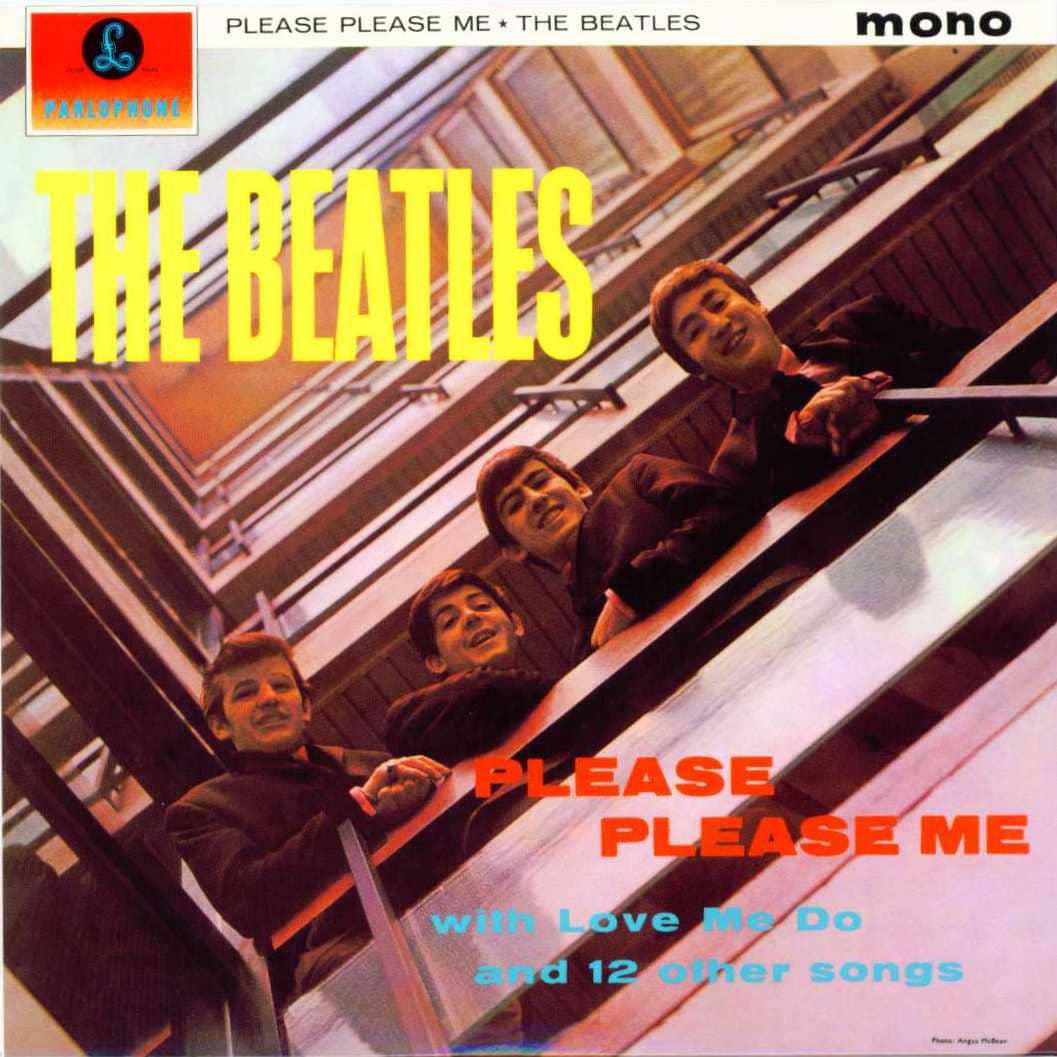
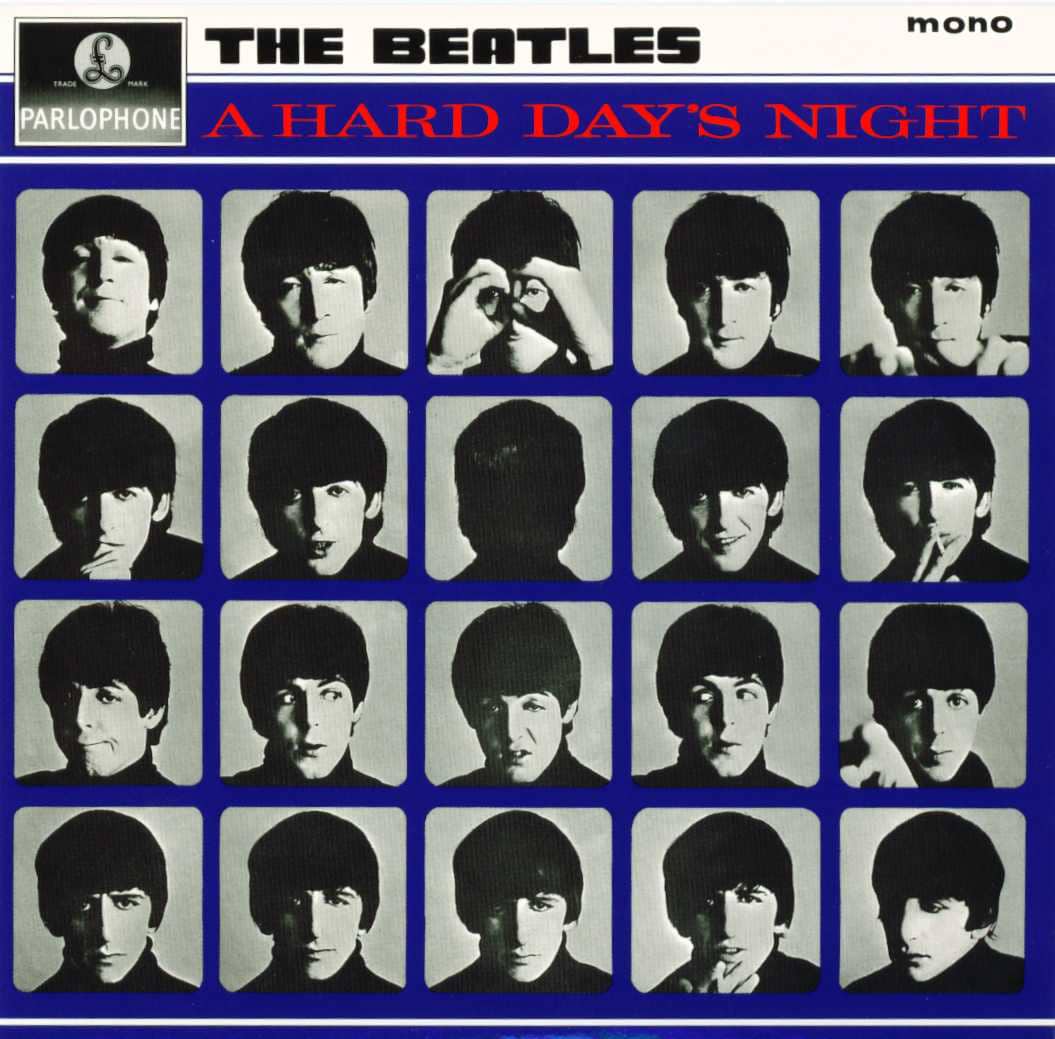
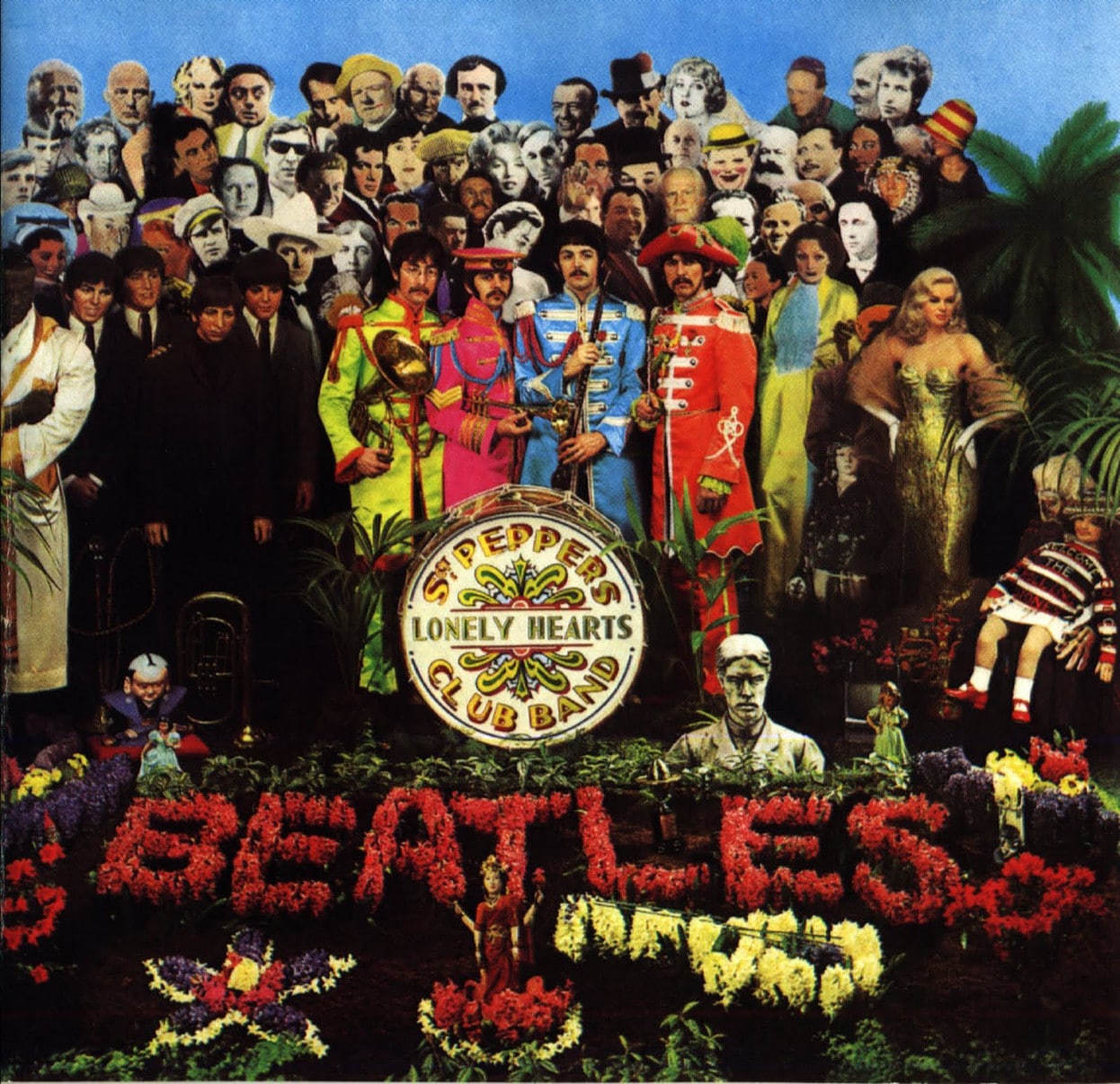
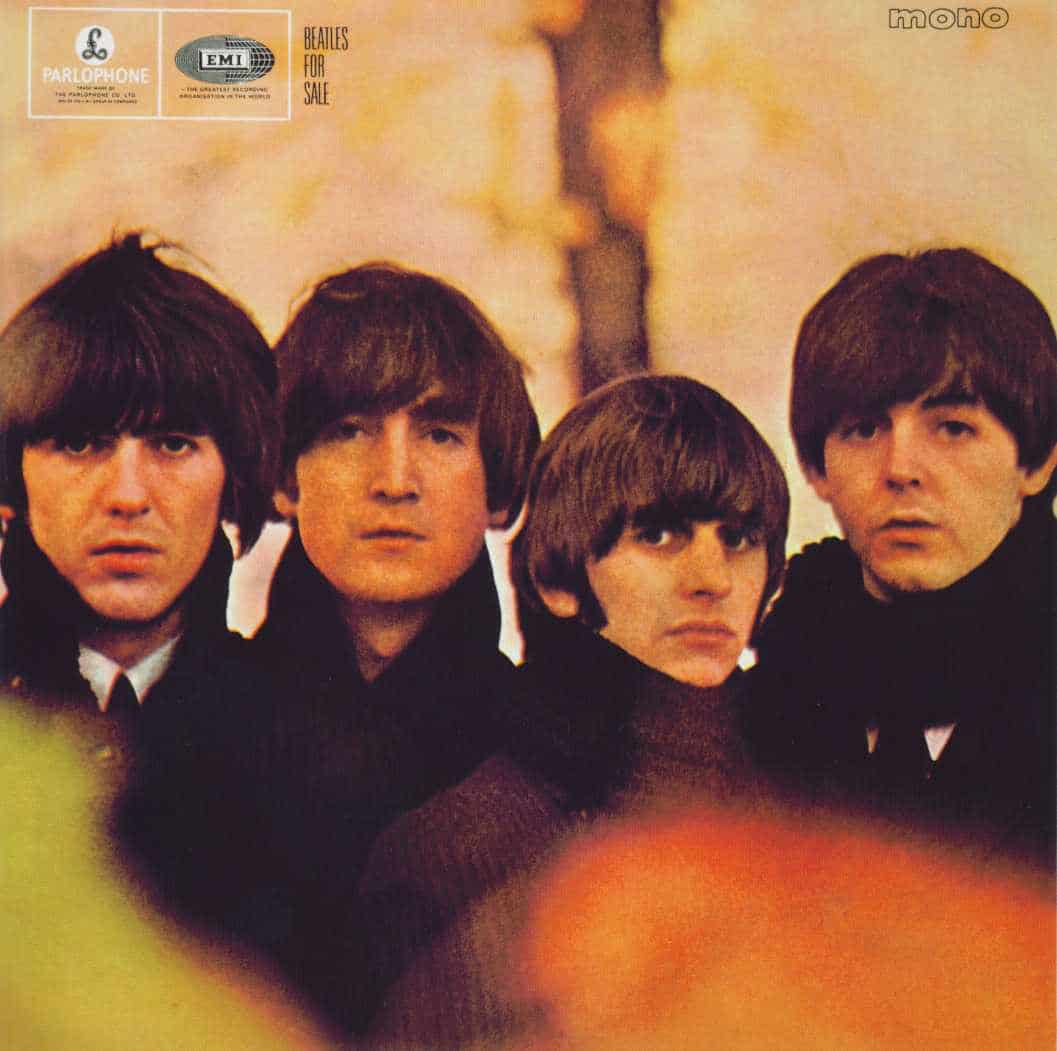
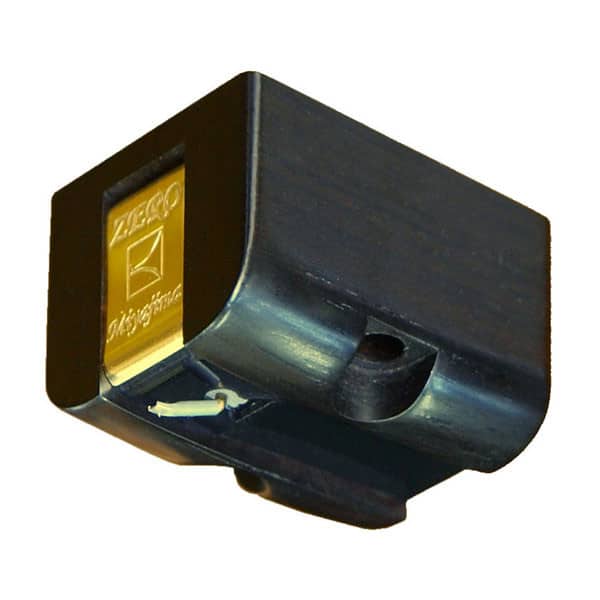
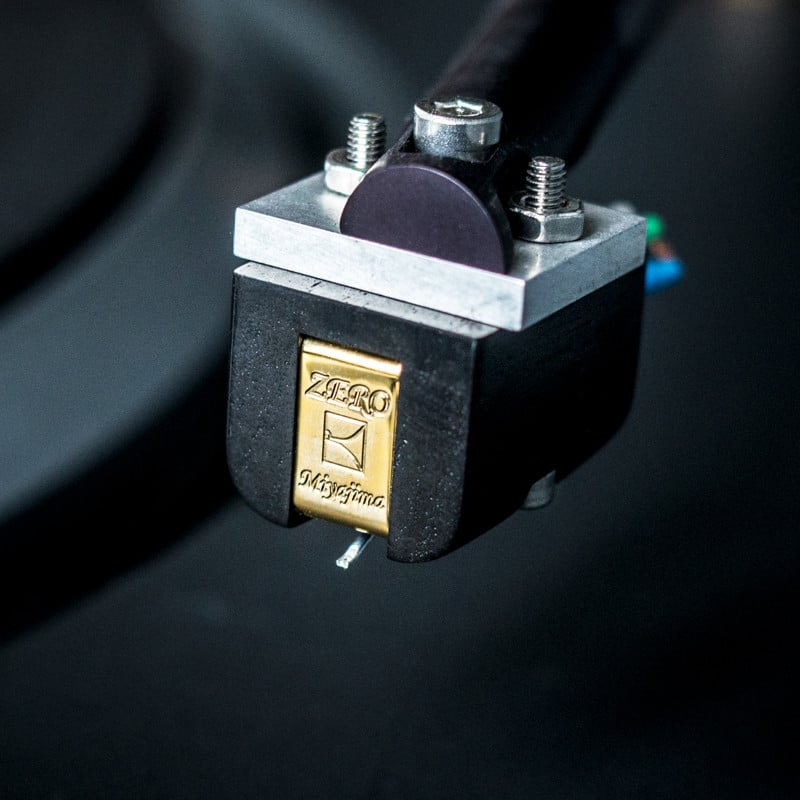
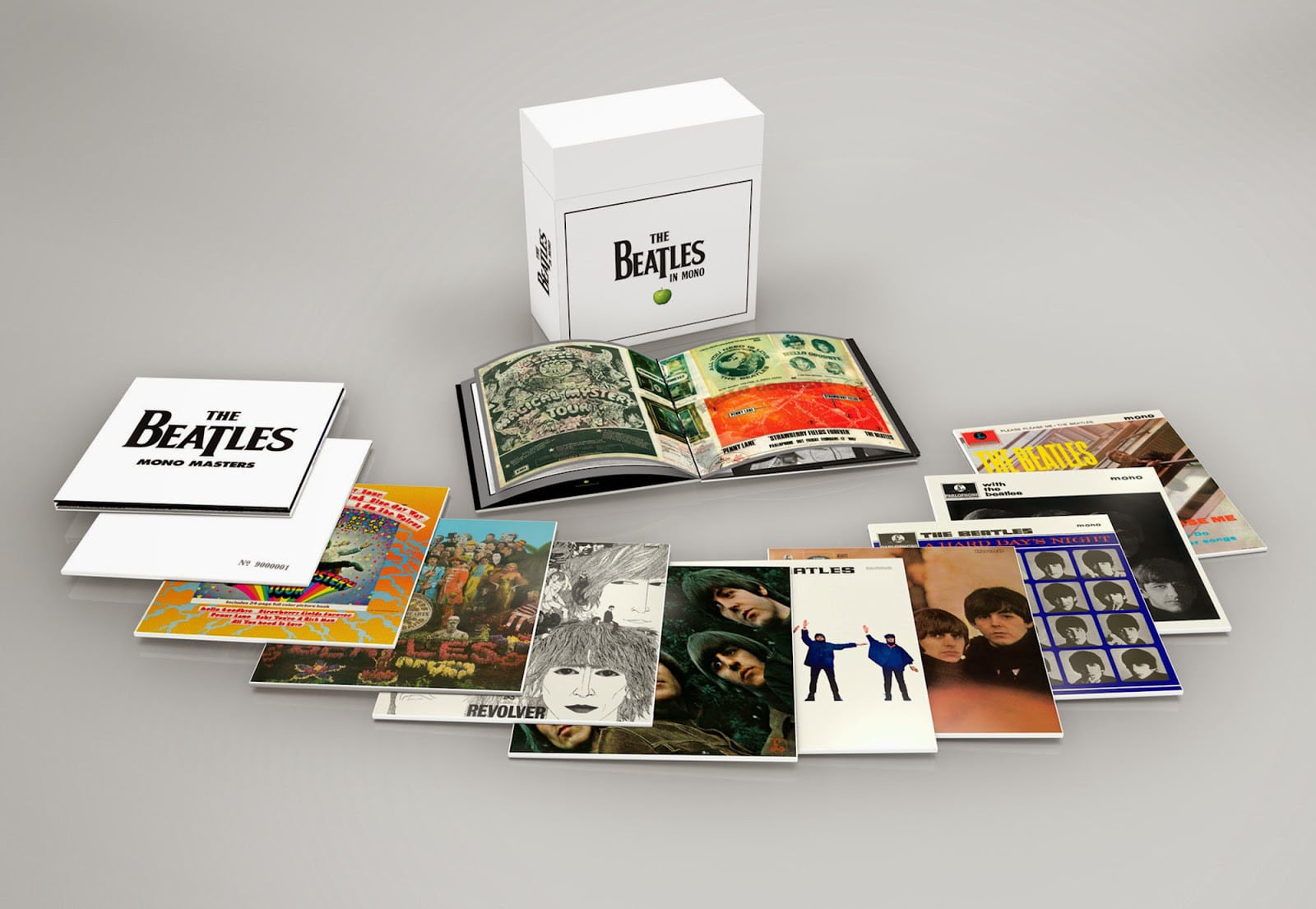
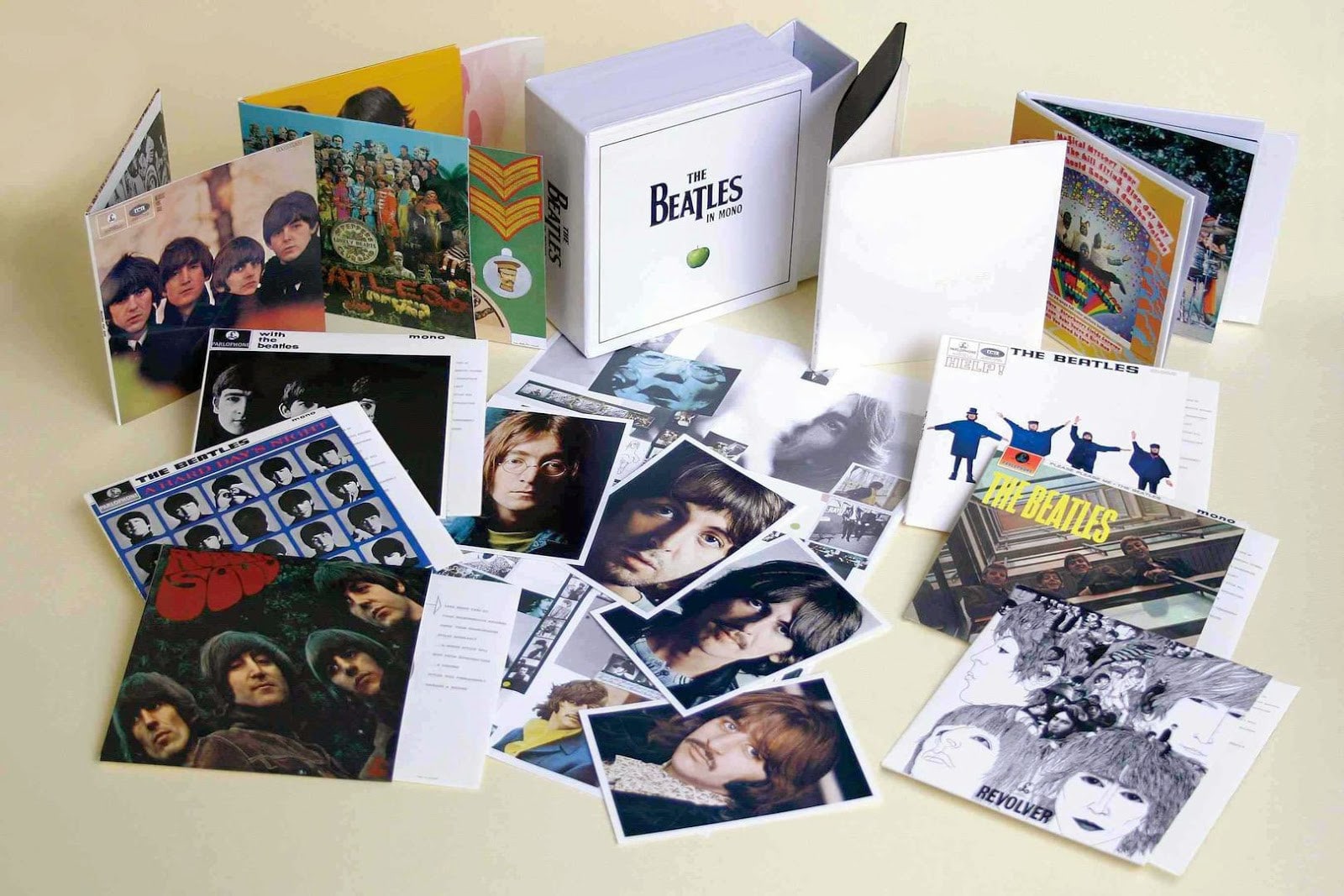
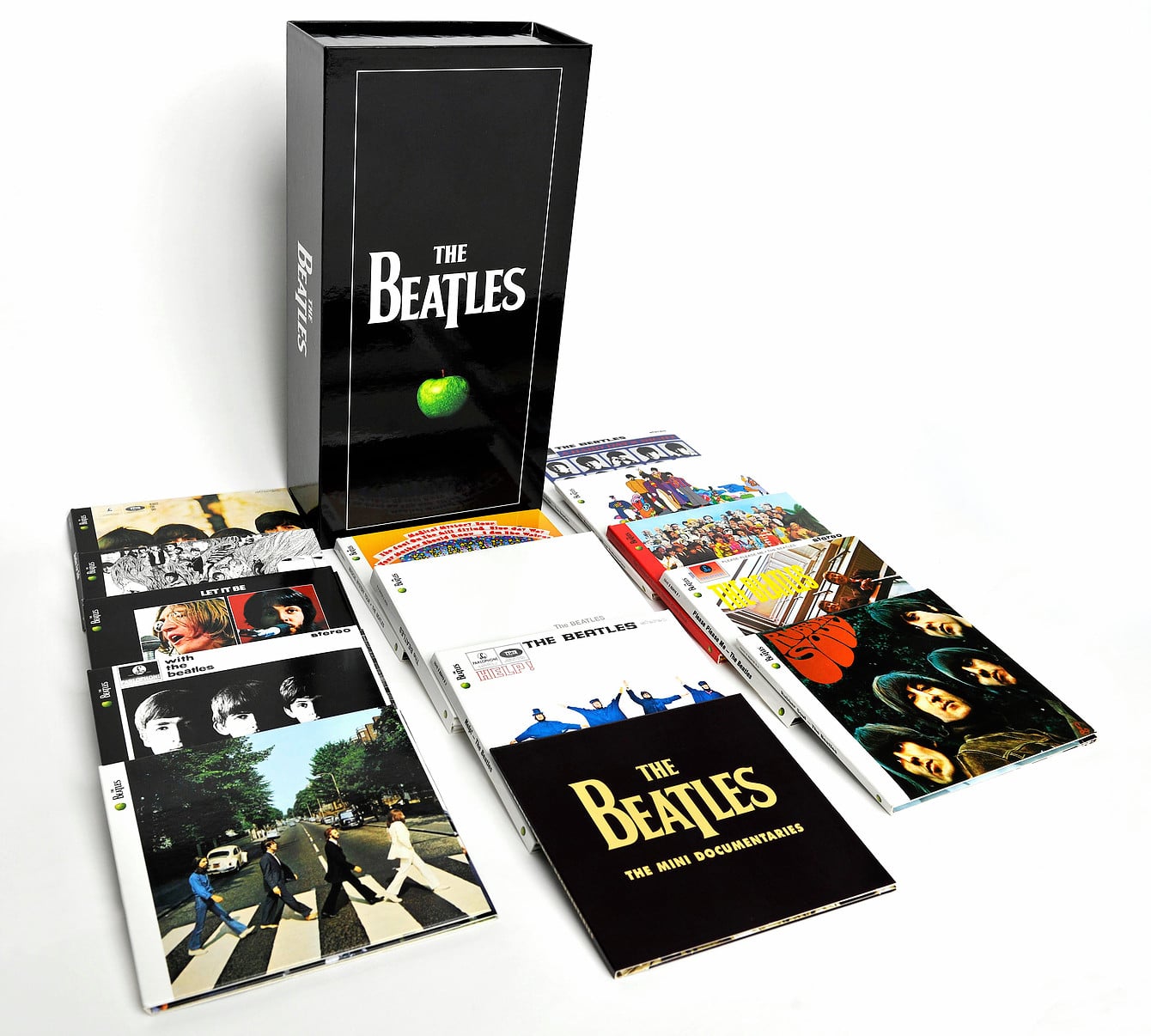
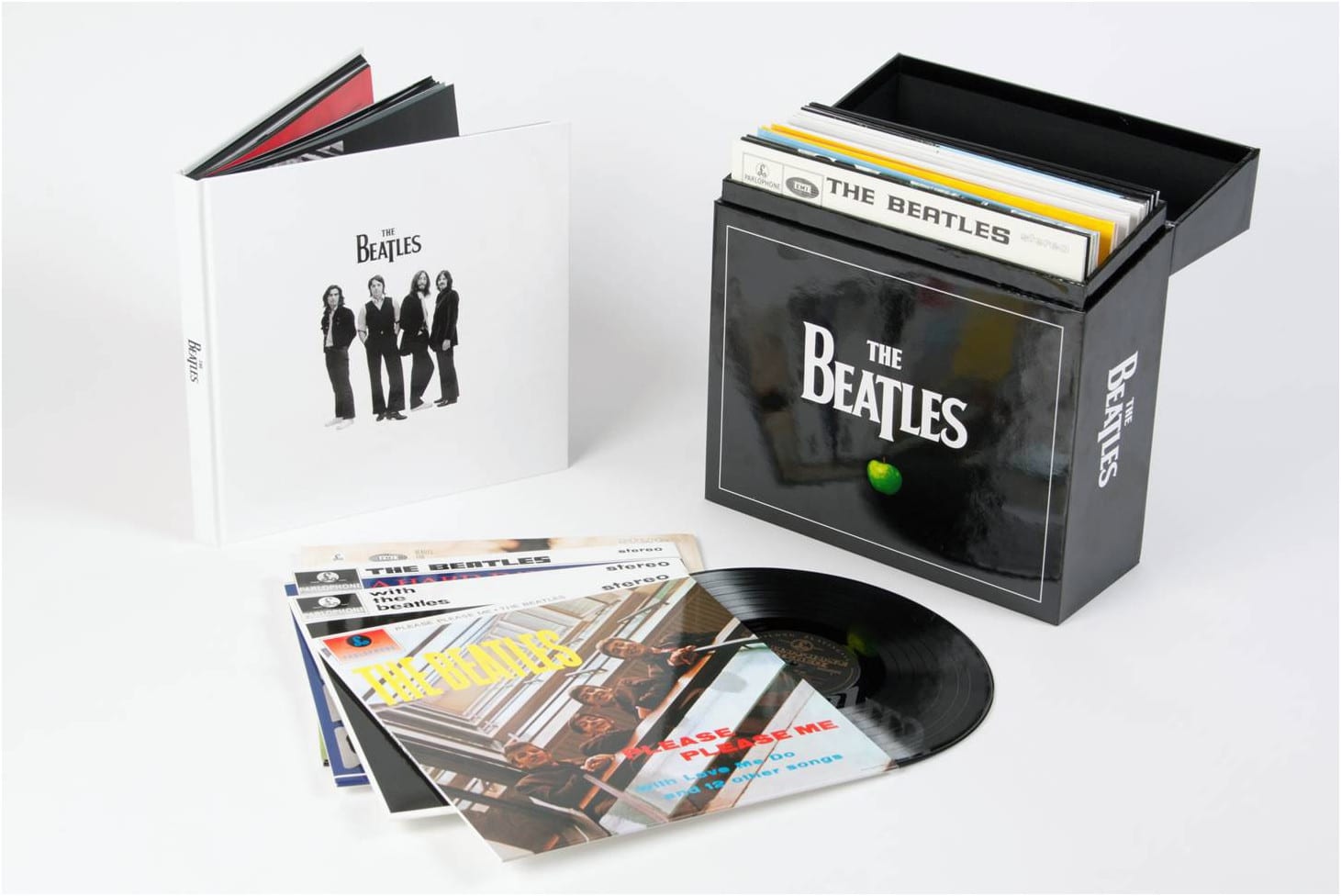
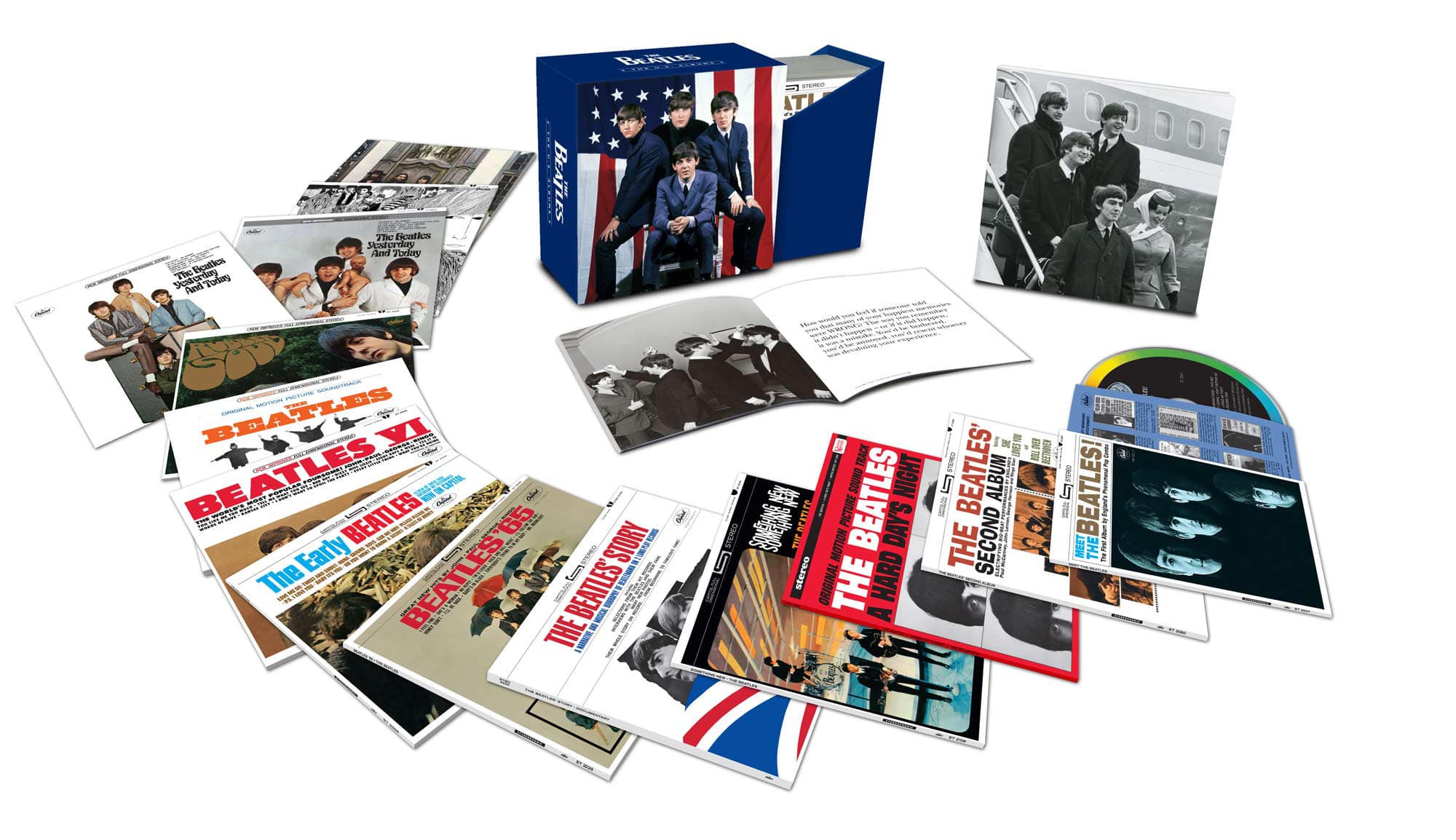
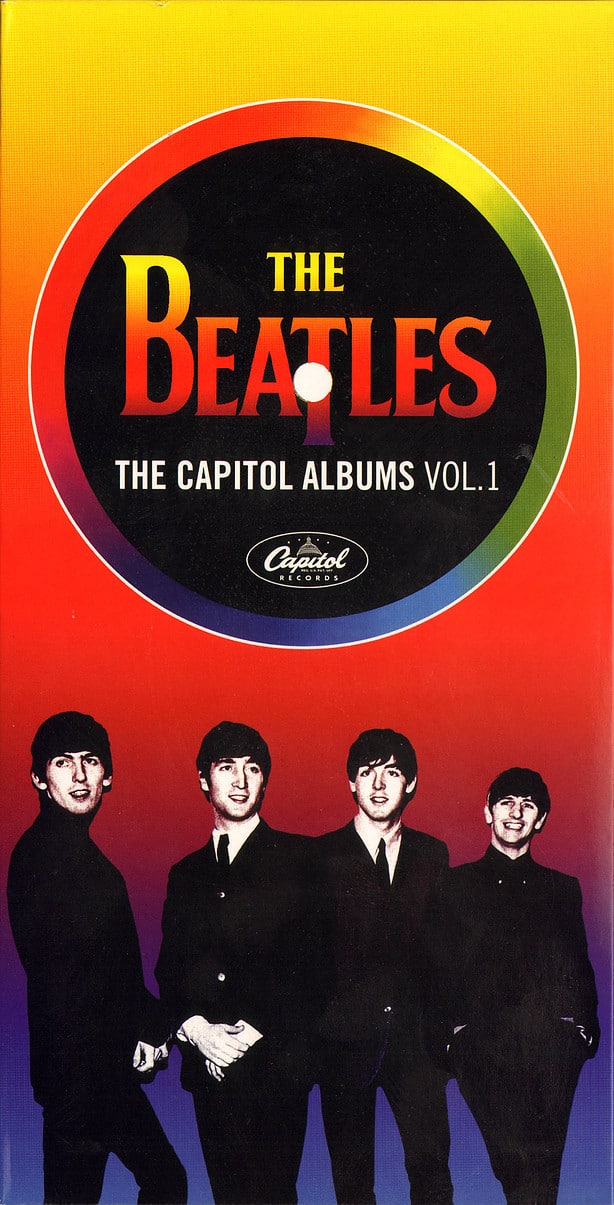
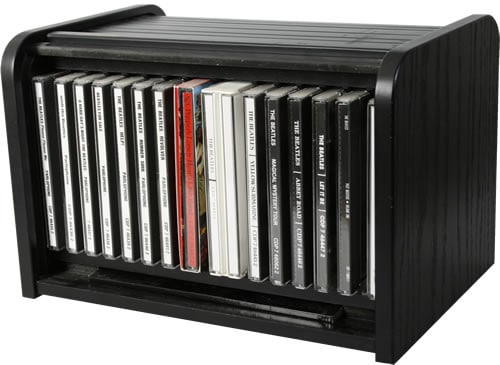
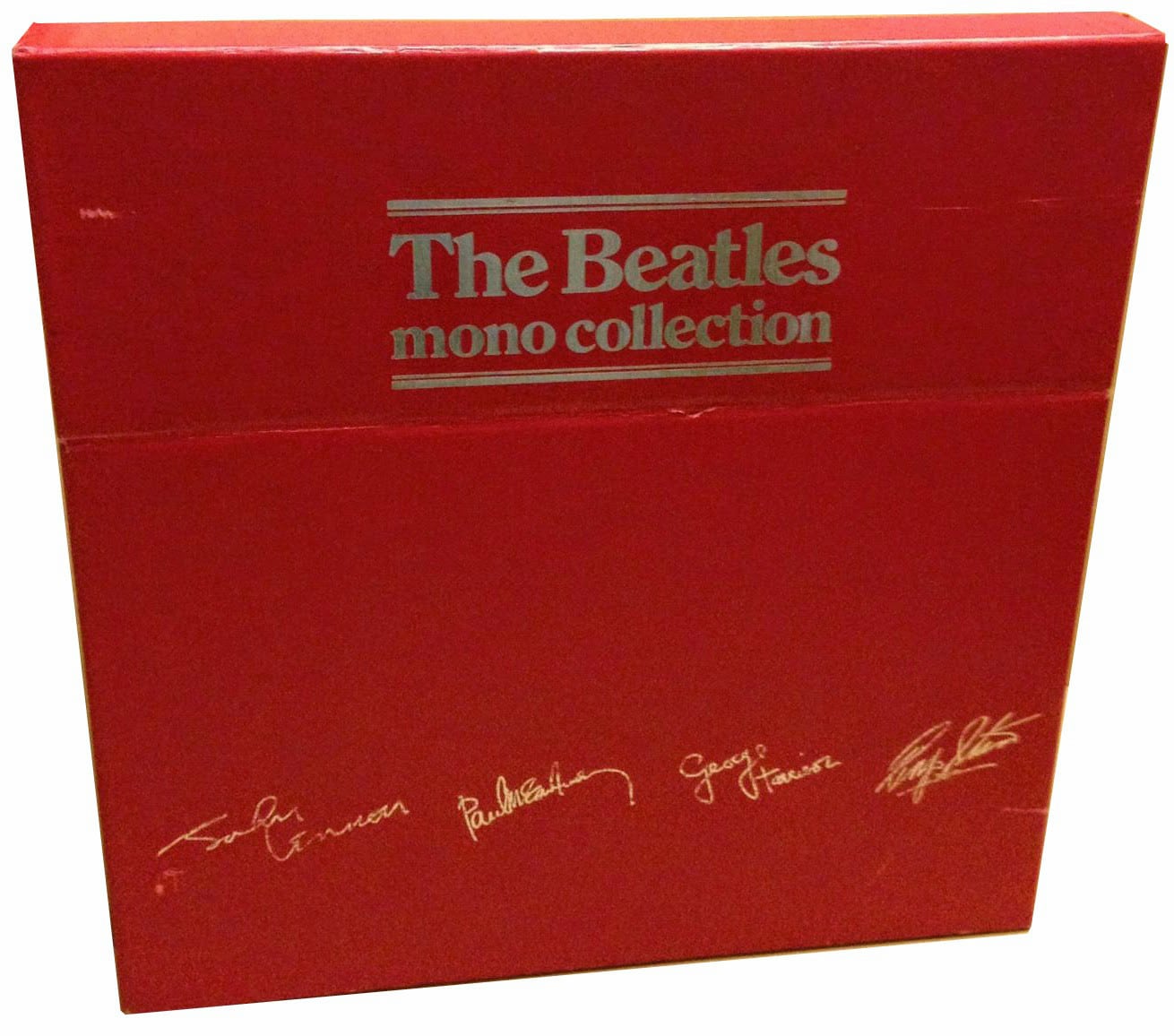
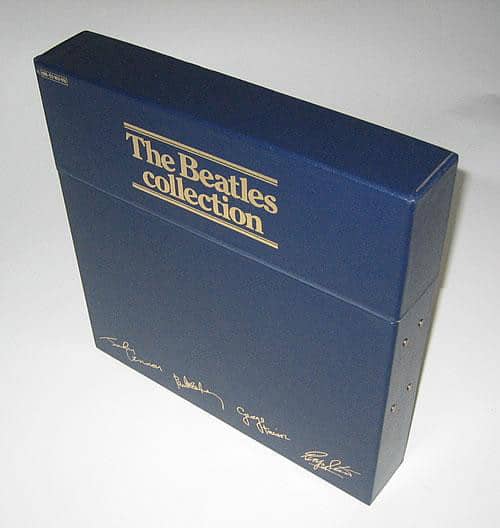
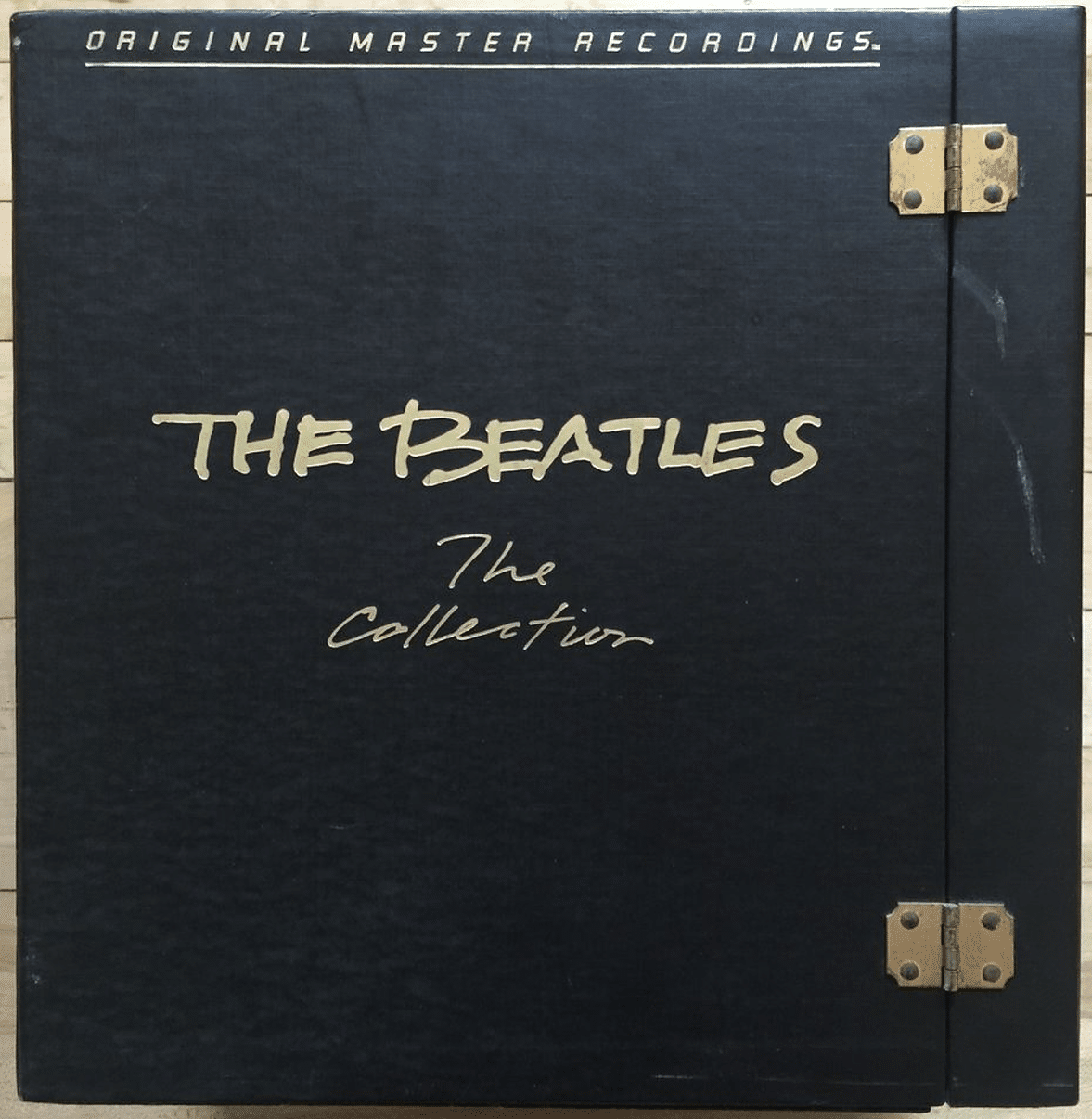
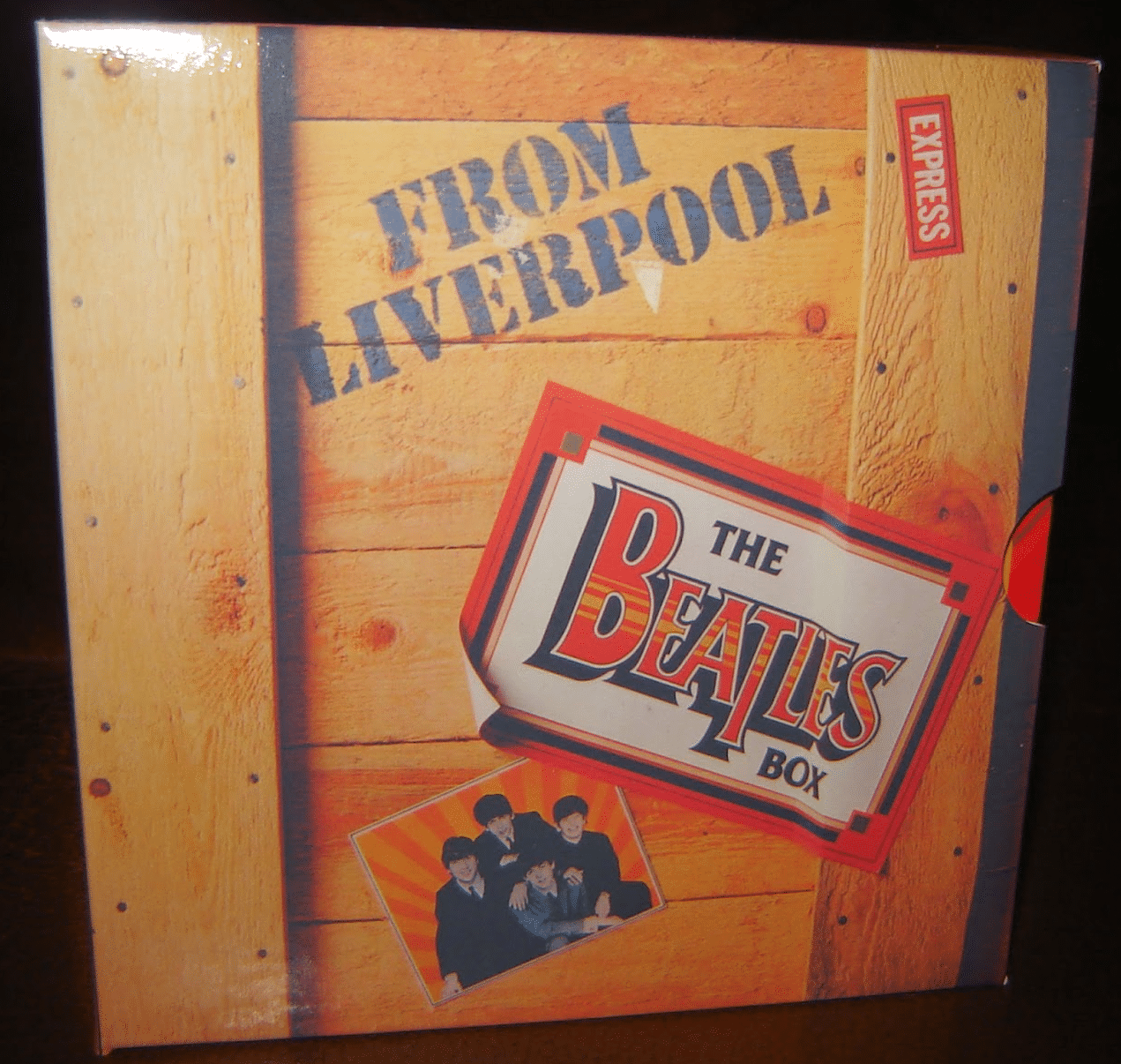


Very helpful – clear, concise and definitive.
Q. Do the early 1980’s UK mono pressing require a 1 mil or 0.7 mil stylus for best reproduction?
Hi Colin – that will be 0.7mil.
Hi Paul, Nice review on the new Beatles mono box set. I have a Kotetu cart, love it and read your review on that as well. It was a very informative study for me on the mil size of the record. Interesting enough I have been getting into buying and listening to more and more mono being that I prefer that sound. Stereo is great too! Is it my ears or what, but do the new mono recording of the Beatles “Help and “Revolver” sound a bit flat, especially instruments if you know what I mean? I have an original “Rubber Soul” using the Kotetu and it sounds much more lively and forward with better soundstage than the albums mentioned above. Additionally based on your listening sessions, if I had a 1mil cart like the Zero the Original Rubber Soul would sound that much better. Your input is appreciated. Btw, my tone arm is a FR66S Regards Rob
Thanks for you letter, Robert. Ah, I think what you are experiencing here, with the new cuts, is a bad case of ‘individualism’ 🙂 That is, your ears are acting as your true guides. Ears which, I reckon, may be slightly different from my own. But, hey, Viva la Difference! I assume the you re playing the ‘new’ vinyl with a 0.7mil Kotetu? If so, then you are getting the most out of those grooves – a ‘good’ thing, to be sure.
On your other point, you won’t hear the true essence of the original cut with your 0.7 Kotetu, though. Bass will be stripped from it because the Kotetu will not be able to track the grooves properly. You’re hearing about 60% of the music. It will not be able to retain full contact with the groove walls. Hence, it will project upper mids predominantly, giving a false ‘forward’ sound. A 1mil tip would provide a more realistic sound for the original cut.
If you played the original with a 1mil then that tip would give you a true tonal balance with a wealth of extra bass.
What is more important is that you have discovered mono and the joys it can bestow. That’s the true treasure you have uncovered here.
Hi Paul, Thank you for your feedback and getting to my thoughts so promptly. Just spoke with Peter Ledermann @ Soundsmith. Of course all of us audiophiles want to strive for the best sound possible. He actually disagreed whole heartily with a comment about the 1mil needle. He explained to me that VERY early LP’s (1948- 1.2 to 49) mono‚Äôs only used this cutting for the 1ml etc… Everything after used the .7 mil. He went into other history about this with me but the end result is don’t waste your money on a 1mil, cause it wont help, maybe even do damage to a perfectly good record. R
I respect Peter and what he does but I strongly disagree with him on this one. I’ll tell you why. Because no-one and I mean no-one can be absolutely certain about the dates here. There are no cut-off dates. None. Zero.
The 0.7 tip was only introduced with stereo. And 0.7mil mono grooves were forced upon cutting rooms because it was easier/cheaper to have a mono adaptor plugged onto a 0.7mil stereo cutter. So, to ‘go 0.7’, you would have had to have invested in stereo in the first place.
For a company to invest in stereo, they would have had to have had the cash to do so and their particular markets would have had to have paid for it. This is why the conversion was not uniform. This was an expensive call for any studio. In a time when stereo was not as popular.
Some studios invested early. I think Motown did so. I think Blue Note may have [not sure on those, don‚Äôt have my notes to hand]. But we‚Äôre talking around 1957-58 or so for those…ish. Still way later than Peter‚Äôs dates. Plenty of others delayed and delayed still much later. I‚Äôve even talked to mastering engineers who were there at the time and even they‚Äôre not sure about what Company A and Company B did, etc. This is part of the reason that it‚Äôs so very frustrating about knowing which tip to use on a particular mono record, especially 1957-65 and around that time. You have to use both tips, really, to see which was better.
More than this, I’ve done extensive A-B sound tests on many discs and know what I’m hearing. I can clearly hear the basic shifting bass frequencies on different pressings from the area.
I also disagree about the damage a 1 mil tip will do on a 0.7mil mono…if I‚Äôve read your text correctly. The 1mil will just sit happily in the upper reaches of the 0.7mil groove and you won‚Äôt hear most of the bass. Same vice versa: 0.7mil tip in a 1mil groove. The only time actual damage is done to a groove is if a mono cart is used in a stereo groove because a mono-designed cantilever is not designed to be moved in the vertical plane.
Interesting. I know you have done comparisons based on your review. So which way do you go? 1 mil or .7 ? Most likely both! On the OJC vinyl I would use the .7 . I find the OJC early 80’s made good sounding vinyl, I have a few. So if I were to use a 1 mil on some of my Blue note, etc… I shouldn’t damage them? Don’t worry I wont hold you responsible, lol. There is so much info and opinions, which is good but it gets confusing. As you do, I have respect with Peters thoughts. But additionally you also have done research on this matter and implementing the 1 mil yourself with good results. Can you give me three examples of recording that I should experiment on, I’m just curious to try this myself . I know this is not a scientific study, but maybe one day I’ll do one and have it published. Just kidding. Regards, Rob
Depends where your interest lies. Ideally? Both. If cash is short? Look at your musical interests and collection. If it’s mostly pre-1965 (an *extremely* haphazard date but one that is relatively useful in very general terms), go for a 1mil. Otherwise go for 0.7mil.
You won’t damage mono discs by using the wrong tip. What is more, if you do use the wrong tip, the sound will still be FAR better than using a stereo cart in a mono groove with the mono button on your phono amp pressed to mono. All that you will lose is bass. Even then, the bass will be better than a stereo cart in mono mode. Re your examples – for what tip?
Actually, I think I give examples in the Beatles feature and I probably do in the Rolling Stones mono feature (have you read that?) here: https://theaudiophileman.com/stones-mono/
Hey Paul, Really excellent writing on your part with great detail of the subject you were writing about. You have me wanting to purchase this box set. A lot of work went into completing this box set, so it needs and has to be great. I’m not a huge Stones fanatic, but enough to own many books on them and a few choice vinyl pieces. Brian Jones, one of the best! I get what your saying in your fine article on the stylus as well. Obviously the new box set of the Stones is for the .7 mil stylus. I might spring for a new Zero just to get a good idea of what I’m missing. The only thing that is stopping me is the price on the Zero. Can you suggest a good 1mil cart that doesn’t break the bank, under 500 usd. I’m also thrilled to read that Bob Ludwig was involved and mastered this project on the Stones box set. I do seek out his stereo masters and enjoy them. Let me know about the cart as well, I’m sure you heard many or know of some. Maybe you wrote an article on one that I’m not aware of, possible? I have a CJ PV11 W/Phono stage. So it is true mono pre amp, the only way to do it right.
Hi Robert – the problem with most mono carts is that they are adapted from a basic stereo design. Tweaked, if you will, at some point, in some way. The Miyajima carts are built, from the ground up, to be monos and nothing but monos. This is the issue I have with Ortofon monos, for example.
The cheapest Miyajima 1mil is a Blackwood. Excellent cart.
Back to the real world and your budget? I haven’t reviewed them so cannot vouch for them BUT it might be worth investigating Stanton. It produces a swathe of specialist carts and I’ve heard decent reports. Low cost too. Please do as much research on your chosen model as possible. See what other users say about it in forums, etc.
Thank you for the advice.
The only problem you may have here is how good were the originals most Were destroyed in the sixties by 4g of weight on those awful record players at the time I don’t think you can compare unless your 100% sure that the originals are in perfect playing condition
Hi Justin – indeed, which is why I made sure that I used good quality originals before I began testing.
Mr. Rigby, that was a neat article. I found it by googling The Beatles Mono box set, which I am looking to get, wherever I can. So, if I understand what you are saying, because of the groove size in the 60’s (1 mil), a Mono cartridge is preferable for the older LP’s and I could use a modern stereo cartridge (or 0.7 mono cartridge) for the re-released MONO versions. I am trying to determine which is the easiest and best investment to extend my Beatles catalog. All I have now id the Blue box set of British releases and a few scattered albums (White, Abbey Road and the 50th Anniversary SGP).
Hi Mark – lovely to see you and welcome to the site.
Basically, it comes down to cash, of course. A stereo cart is a ‘budget’ solution to the Beatles mono box set because you may already have a stereo cartridge, up and running. So, all you have to do in this case is press that mono button on your amp [if you have one] and away you go. This stereo cartridge set up will not sound as good as a dedicated mono cart, though. But then you’re paying out for a new mono cart. So, as I say, cash is a factor.
If you have that cash, invest in a mono cartridge.
Because the Beatles mono reissue set is a new production, it uses a 0.7mil mono groove. *All* new mono issues use a mono 0.7mil size groove. So I would recommend a 0.7mil mono cart to track the grooves properly for this new set. You’re spending a lot of cash on this box. My argument is that you really want to maximise your large investment. What’s the point in only hearing 60%-70% or so of the music in the grooves? Also a proper mono cart will present the music as the group itself intended you to hear it.
You don’t need to buy a 1mil mono cart to play this new set. You only need a 1mil cartridge, if you’re playing *original*, older mono pressings (i.e. some of the older, original Beatles issues or older LPs from the 50s). ‘Older’ can’t be defined, I’m afraid. Some labels used 1mil mono grooves up until 1958, then changed to 0.7mil mono grooves (I think Blue Note was one of those…I *think*). Some waited until 1960, others 1965 and so on. It depended when they could invest in new kit, not everyone had the money to do that so everyone moved over at different times.
And why are there two different groove widths in the first place? Because of stereo. As I say, original mono grooves were 1mil wide. Then stereo came in and moved from a fad to an essential sales feature. A stereo groove just happens to be 0.7mil. If that label owned stereo cutting kit and then, for some reason, wanted to produce a mono disc, what they’d do is plug in a module, on their stereo kit. Because the stereo cutter produced a 0.7mil groove, this mono plug in module also produced a 0.7mil groove.
Hope I haven’t confused you too much – any more questions, please shout
Thank you for the quick reply. I do understand what you are saying and thank you for the details. I had no idea about the groove size until reading your posts above. Fascinating…. I am awaiting arrival of my new Rogue Sphinx integrated amp and Rega P3, so I do not know if there is a MONO button on the amp. Either way, I need to go find the Mono box set and go from there.
Hi Mark
I don’t think there is a mono button on that amp. If you want to buy a mono cartridge later on, give me a shout and a budget and I’ll try to help you with a short list of possible purchases. If you need any more help or if you want me to explain anything else again, no worries, just ask. I’m here to help.
Good morning, Mr. Rigby. I was going back to read the posts on this topic that I replied to about 6 months ago. I did indeed find a good bargain on The Beatles Mono set. In addition, I read posts on an audiophile site (Steve Hoffman??) where it was suggested that you by some Y-cables and connect the right and left RCA cables to a Y and bring them together for MONO LP’s (I recon that is the equivalent of a MONO button). Now, my issue: chasing out a cart is not easy and can result in damage to the tonearm or the cart/stylus. I dont have two turntables to play with, so as mochas I would love to hear these LP’s in true MONO, I dont see a practical way, even if I had cash for a mono cartridge.
Any ideas????
Hi Mark – thanks for your question. Glad you found bargain, always a nice feeling 🙂 And yes, you can fudge mono with the cable idea.
OK, possible solutions for you. Firstly, if you saved for a while, would you have any budget at all to play with? This is not a now or never thing is it? What I mean is, do you have the ability to save some cash for some point of time in the future? If you do, let me know how much and I’ll suggest a few possible answers for you.
If you don’t then, the cable fudge and a standard stereo cart is a way to listen to the LPs sure but really, you’re not getting fraction of the performance from the vinyl. Let me know your thoughts and I’ll try to help you out.
Hey Paul. Yes, I’ve been watching ebay for months and got one of the cheaper sets in a long time. I failed to mention, that I bought the Ray Charles Atlantic mono recordings last year (7 LPs’), so I do have several mono recordings.
I do have a budget and even an old Technics TT (although, next to my Rega, I don’t), but I spent alot on my Rega 3, so would like to use it, not to mention, Mrs. Hooton, may not be too keen to another TT on the stereo cabinet. I couldn’t help but notice that you didn’t mention any particular solutions. I am very curious. No, this is not a now or never, but I would love to hear these recordings the way GOD meant for them to be heard.
BTW, chasing should have been changing.
Hi Mark – my advice is really budget dependent, hence the reason for asking 🙂 If you could give me a figure then I know what the restrictions are, you see. Otherwise, my advice would be so wide ranging, it’d be pretty useless for you.